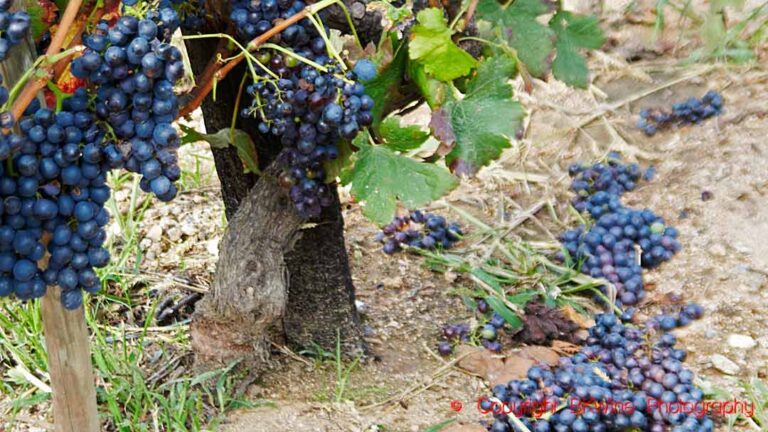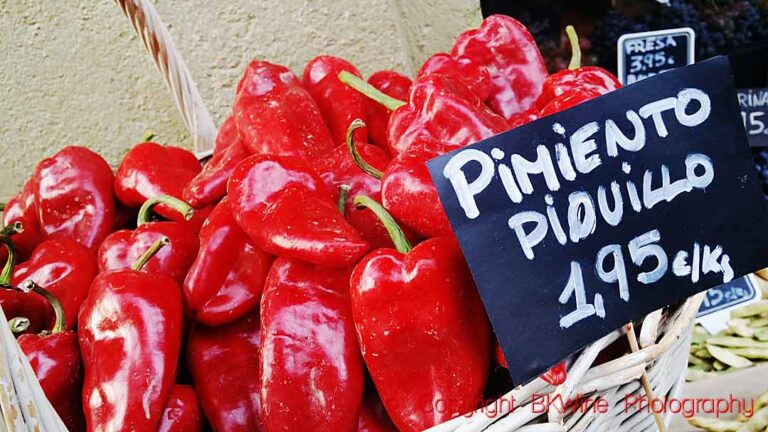The grape varieties that wine producers use today have naturally mutated over time. Researchers have selected the best mutations (clones) based on several criteria, e.g. plant vigour or resistance to certain diseases.
In the future, Professor Kai Voss-Fels at the University of Geisenheim hopes that it will be possible to use NGT, new genetic engineering, instead. He says, ” We can continue as before and hope that the desired changes will occur by chance in the coming years or centuries. Or we can use NGT methods to specifically trigger such mutations.”
He talks about the CRISPR/Cas9 technology called the gene scissors. This technique is more precise than classic genetic modification. A plant’s DNA can be changed with very high precision. Specific properties are enhanced or turned off by directly modifying the plants’ own genetic material.
The EU is about to relax the regulations for what is to be allowed in gene research. With a new directive allowing the CRISPR technology, it is assumed that some genetic modifications will be permitted for plants while others will continue to be prohibited. Professor Kai Voss-Fels hopes to start field research soon, which is currently strictly prohibited within the EU. All his research presently takes place solely in the laboratory.
Read more: WeinPlus











